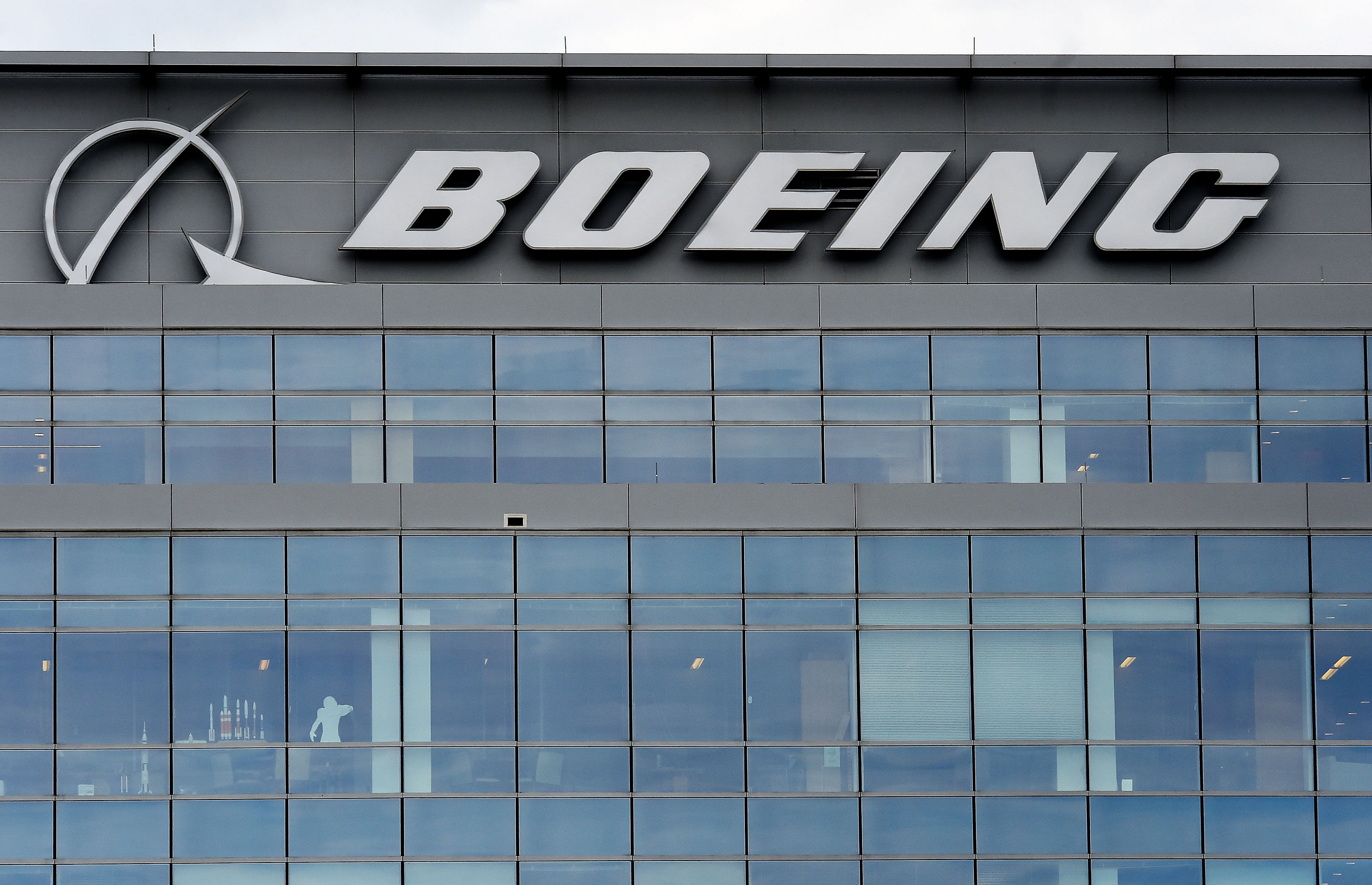
The first half of the year was not kind to the 737 Max. Boeing froze production of its beleaguered plane from January through much of May as customers canceled hundreds of orders, and deals for hundreds more were put at risk by delays in the plane’s return to the skies and the coronavirus pandemic.
But Boeing is back to work on the Max and, if it passes regulatory scrutiny, the plane could fly again as soon as the end of the year. When it does, it will return to an industry that was hammered by the coronavirus and faces a yearslong recovery.
The Max crisis has already wrecked Boeing’s bottom line. In January, the company said it expected the grounding to cost more than $18 billion, which didn’t account for the ruinous effect the pandemic would have on airlines. In April, it announced plans to cut about 16,000 jobs, or one-tenth of its workforce, because of the pandemic’s impact.
The aerospace manufacturer said this week that its customers had canceled 373 Max orders in the first six months of the year. Another 439 are considered at risk, including nearly 100 that Norwegian Air, a struggling low-cost carrier, recently said it no longer planned to buy.
Boeing still has several thousand pending orders for the Max, but analysts expect that to shrink somewhat as more customers back out of deals. And even though the company plans to increase production of the jet and other 737 variants to 31 planes per month sometime next year, that is about half the rate Boeing had targeted before the Max was grounded.
Globally, airlines are losing hundreds of millions of dollars by the day, and most experts predict it will be two to five years before the industry sees as many passengers as it did in 2019. After the Sept. 11 attacks and the financial crisis a decade ago, airlines recovered before the overall economy, according to Boeing, which expects the opposite this time around.
In the United States, a limited recovery in domestic travel has stalled in recent weeks as virus infections soared and states and cities reimposed restrictions on travel and business activity. And more than one-third of the world’s passenger planes — more than 8,000 aircraft — remain parked and unused, according to Cirium, an airline data firm.
Yet experts said the 737 Max would survive because many airlines still saw value in it as they fought for what few passengers remained.
“It’s not phenomenal, but I don’t think it’s all that dire for the Max, despite COVID and everything else,” said Sheila Kahyaoglu, an aerospace and defense analyst with Jefferies, an investment bank.
It may seem misguided for an airline in the midst of a major crisis to buy a tarnished jet that costs tens of millions of dollars, but experts say there is good reason many companies like Southwest Airlines and American Airlines will stick with the Max. The plane can offer substantial savings on fuel and maintenance that are even more valuable in lean times. Other airlines might find it difficult to walk away from orders they have already placed and will reluctantly go through with purchases.
A new plane can last a generation, and the Max’s efficiency matters a lot because fuel can account for about one-fifth of an airline’s operating costs. Boeing said the plane uses at least 14% less jet fuel than its predecessors. That could yield double-digit increases in profits for airlines, said Vitaly Guzhva, a professor of aviation finance at Embry Riddle Aeronautical University. “There’s still a pretty strong business case for the Max.”
Southwest Airlines, for example, has nearly 750 planes in its fleet, each some version of the 737. If it had been able to replace part of its fleet last year with the more than 275 Max jets it hopes to own, Southwest could have saved more than $230 million in fuel costs, according to Guzhva’s math. Boeing said the plane offers fuel savings of more than $10 million over its 25- to 30-year life span.
Airlines can also point to fuel savings as an indication of their environmental stewardship to customers who are increasingly cognizant of air travel’s contribution to climate change. Others might just want to apply the money saved to lowering the price of tickets to lure business.
The jet could yield big savings on maintenance, too. New planes often come with warranties, and expensive engine overhauls are typically needed a few years after those end, said Robert Spingarn, an aerospace and defense analyst at Credit Suisse. If the timing is right, an airline might choose to replace a plane in need of major repairs with a Max.
“When you have a brand-new airplane, you don’t have to think about that kind of expense,” Spingarn said. “There’s going to be some that say, ‘I’m sticking with the Max because the math works better for me than not taking it.’”
Strapped airlines could also see an opportunity in buying the Max, selling it to a third party for cash and then immediately leasing it back. “They get an upfront 10, 15, maybe even 20 million dollars, which helps with liquidity,” Guzhva said.
Delta Air Lines did just that after passenger traffic bottomed out this year. Between April and June, the airline raised $2.8 billion by selling and leasing back planes, it said this week. Delta is the only major US airline not to use the Max.